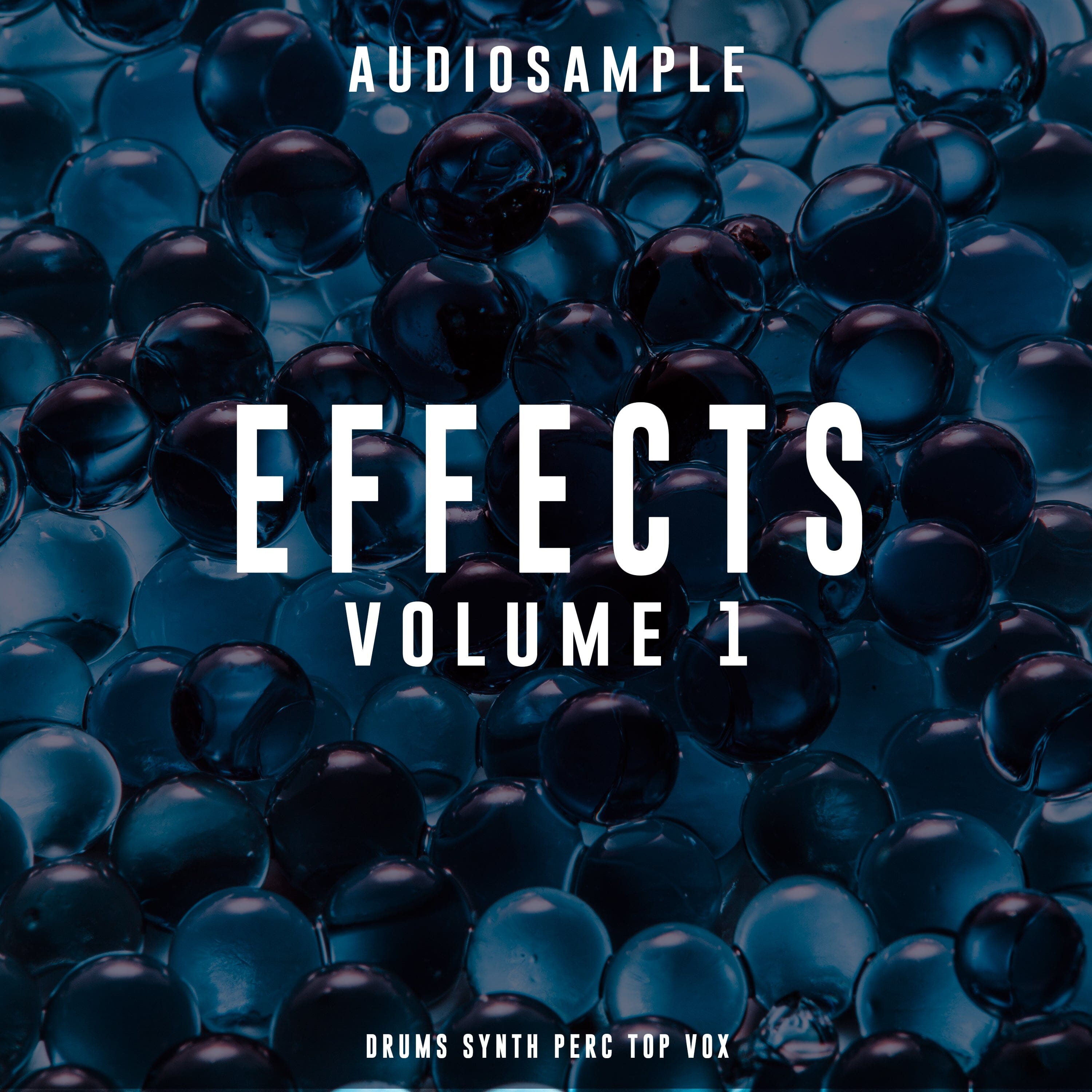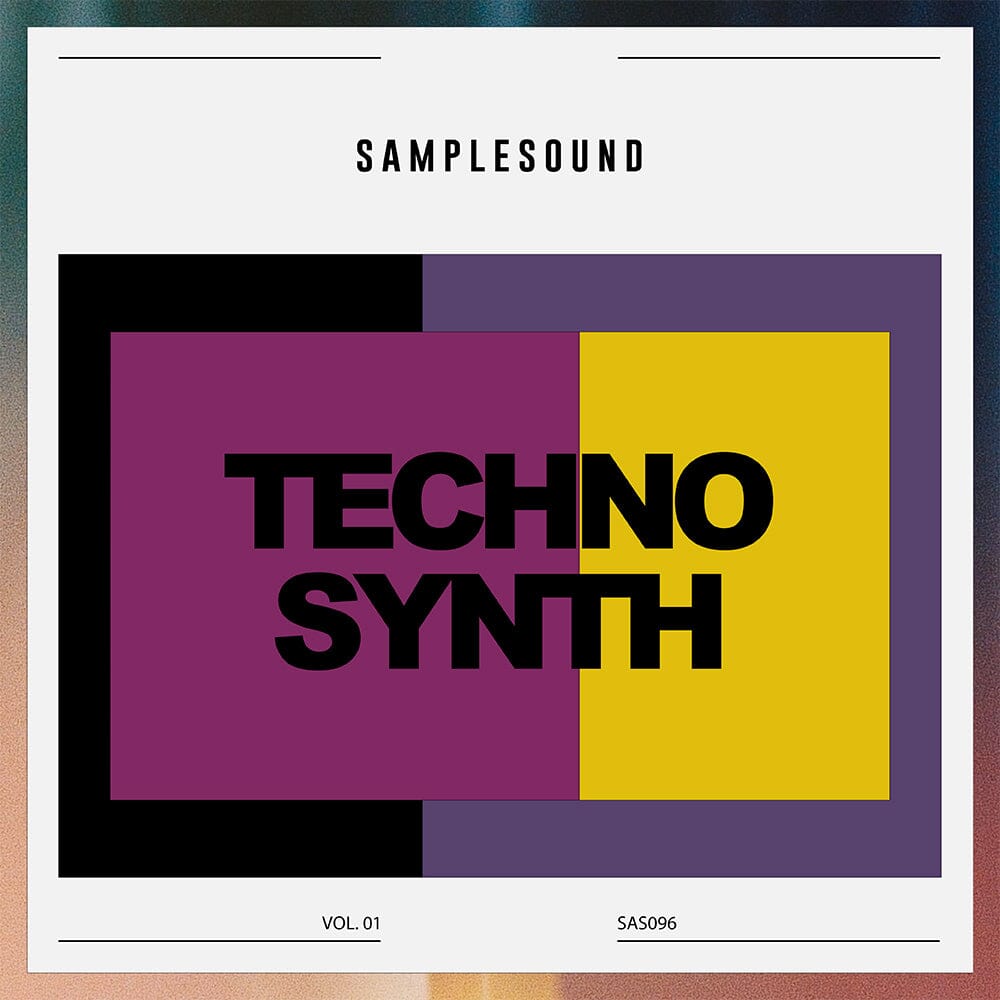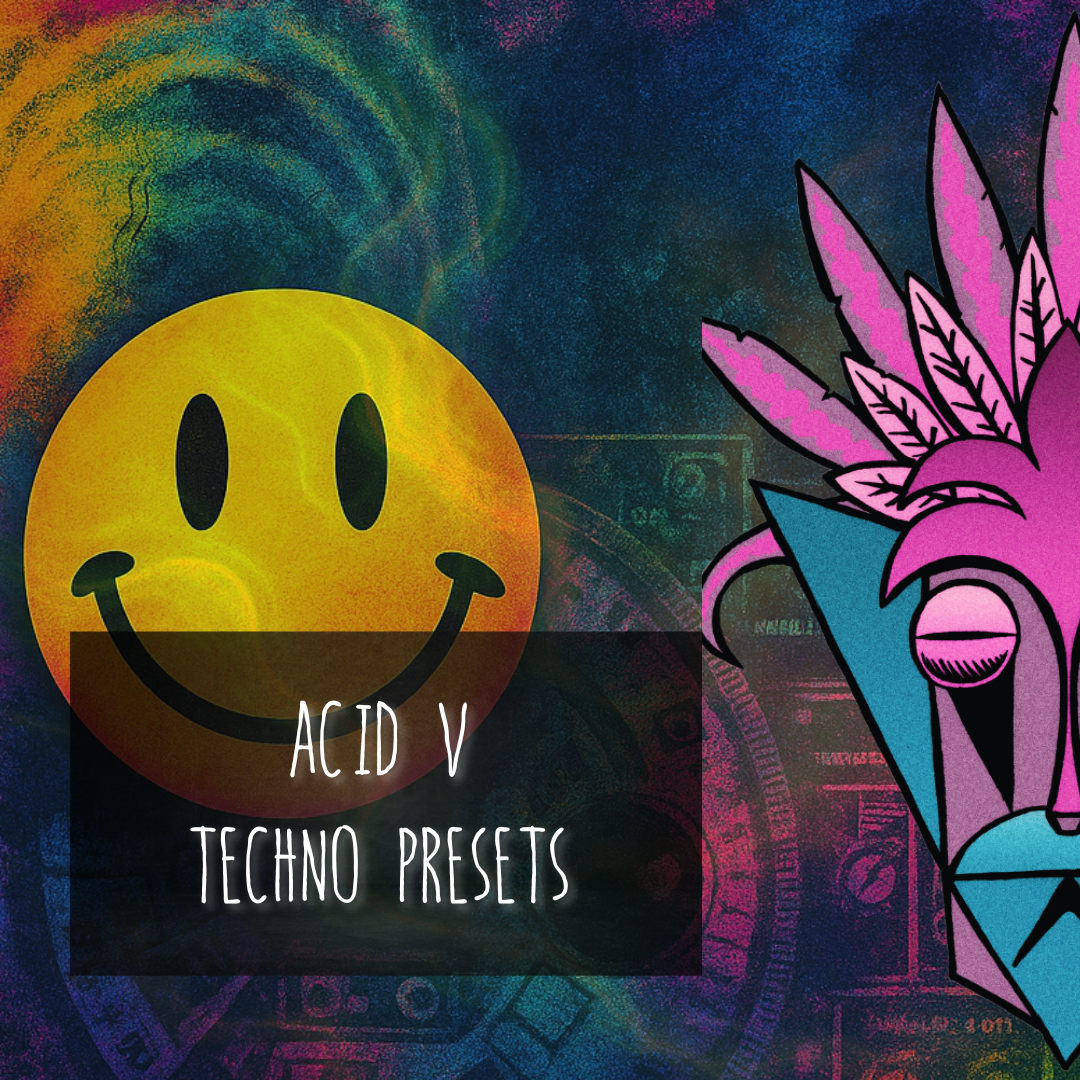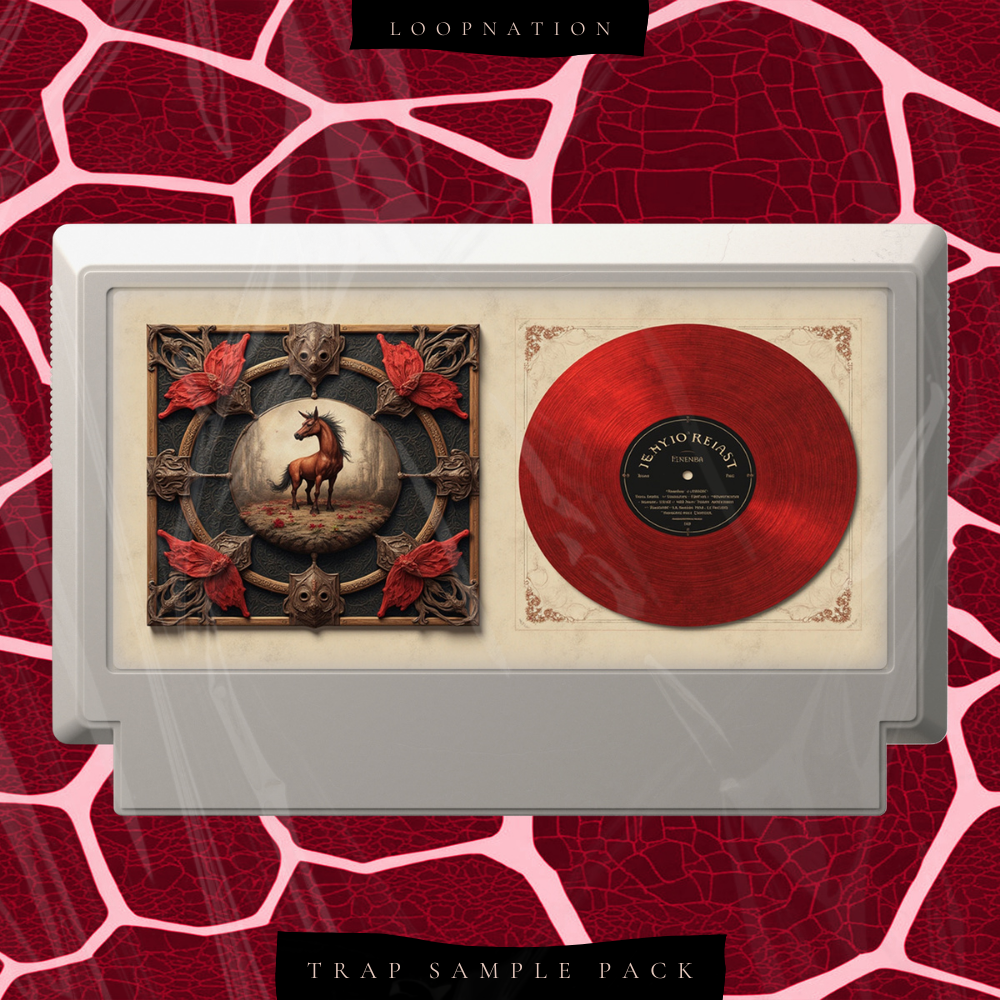Why Sound Design Matters in EDM and Club Music
In the fast-paced world of electronic music, sound design isn’t just a technical skill—it’s an art form that defines your identity as a producer. Genres like techno, minimal, and house thrive on intricate, innovative soundscapes that captivate listeners and fuel dancefloors. A single distinctive sound can turn an ordinary track into an anthem, setting it apart in an industry crowded with talent.
But why is sound design so crucial? In a sea of presets and cookie-cutter loops, originality becomes the key to standing out. Imagine your kick drum thundering through a club’s speakers, perfectly balanced with an atmospheric pad that draws the crowd into a trance. This synergy of elements, crafted through sound design, is what creates unforgettable tracks. In this guide, we’ll explore the tools and techniques that will empower you to push boundaries and design sounds that truly resonate.

Getting Started with Sound Design
Sound design may seem complex, but breaking it down into its core components makes it approachable for producers at any level. The journey begins with understanding synthesis and choosing the tools that align with your creative vision.
The Basics of Sound Design for Electronic Music
Understanding Waveforms and Synthesis
Waveforms are the building blocks of sound. Whether you’re creating a pounding bassline for techno or a lush pad for progressive house, understanding synthesis is fundamental:
- Subtractive Synthesis: This is the classic method used in iconic analog synths. Start with a rich waveform (like a saw or square wave) and use filters to carve out specific frequencies. This approach is ideal for creating warm basslines and sharp leads.
- Wavetable Synthesis: Modern and versatile, this method allows you to morph between waveforms, creating evolving textures. It’s perfect for crafting unique, futuristic sounds that stand out in minimal and deep house.
- FM Synthesis: Complex yet rewarding, FM synthesis creates harmonically rich tones by modulating one waveform with another. Think metallic percussion or bell-like leads for a crisp, digital edge.
- Granular Synthesis: For the experimental producer, granular synthesis takes tiny snippets of audio and rearranges them to create otherworldly effects. Use it to build cinematic atmospheres or glitchy textures.
Choosing the Right Tools
The tools you use can make or break your sound design process. Here’s a breakdown:
- Software Synths: Popular plugins like Serum, Massive, and Vital offer immense flexibility and are staples for EDM producers. Each comes with a variety of oscillators, modulation options, and effects.
- Hardware Synths: Hands-on gear like the Moog Sub 37 or Korg Minilogue provides tactile control and analog warmth, which can add a unique character to your productions.
- DAWs: A digital audio workstation (DAW) like Ableton Live, Logic Pro, or FL Studio serves as your creative hub. Choose one that complements your workflow and supports advanced sound design.

Creative Sound Design Techniques for Unique Tracks
Layering for Depth and Texture
Layering is a go-to technique for adding complexity and richness to your sounds. It involves combining multiple sound elements to create one cohesive result. Here’s how you can approach it:
- Start with the foundation: Use a sine wave or clean sub-bass as your base layer to ensure low-end power.
- Add character: Introduce a mid-range element, such as a detuned saw wave, to give your sound presence.
- Enhance with details: Top off your layers with high-frequency elements, like white noise, subtle clicks, or shimmering effects.
For instance, in a techno track, you might layer a deep, rolling sub-bass with a granular drone and a filtered white noise sweep. This creates a sound that is both powerful and textured, filling the frequency spectrum.
Using Effects for Creative Processing
Effects take basic sounds and transform them into dynamic, engaging elements. Here are some ideas to incorporate:
- Reverb: Use a long, modulated reverb to create spatial depth, turning simple stabs into massive, club-filling hits.
- Delay: Add syncopated delays to hi-hats or percussive elements for groove and movement.
- Distortion: Apply distortion to basslines to introduce grit and aggression, perfect for techno or industrial sounds.
- Modulation: Use tools like phasers, flangers, or chorus to add movement to static pads or leads, creating evolving soundscapes.
Sampling and Manipulation
Sampling offers endless possibilities for sound design. With the right techniques, you can turn any sound into a musical element:
- Pitch-shifting: Shift samples up or down to create new harmonics and textures. For example, pitch a snare drum down to create a punchy, percussive bass tone.
- Time-stretching: Use extreme time-stretching to transform vocal chops into ethereal pads or atmospheric effects.
- Granular Processing: Chop a recorded sound into micro-grains and rearrange them for glitch effects or abstract textures.
Pro Tip: Combine resampling with effects. For example, take a vocal chop, apply reverb and delay, then resample and stretch it to create a dreamy texture.
These techniques provide the foundation for creating truly unique sounds that can elevate your tracks to the next level. Ready to dive deeper? Let me know if you'd like to explore additional techniques or move on to the next section!
Sound Design Techniques: Enhance Your Music with Unique Sounds

Thinking Outside the Box
In a genre where innovation is key, experimenting beyond traditional methods can lead to some of your most inspiring sound design moments. Pushing boundaries and stepping out of your comfort zone allows you to create sounds that are not only unique but also deeply personal. Let’s explore some unconventional approaches to spark your creativity.
Field Recording and Found Sounds
Sometimes the most inspiring sounds come from the world around you. Field recording involves capturing sounds from everyday environments and transforming them into unique audio elements for your tracks.
- Create organic percussion: Record tapping, clinking, or knocking sounds in your kitchen and manipulate them to build a custom percussion kit.
- Add texture to pads or atmospheres: Use recordings of rain, wind, or even a bustling café to give your tracks a sense of place and depth.
- Design unique effects: A creaking door or the hum of a fan can be layered with other sounds and processed to create futuristic sweeps or eerie transitions.
Field recordings are particularly effective in genres like minimal and deep house, where subtle textures add richness to the overall sound.
Experimenting with Randomization
Embracing randomness can lead to discoveries you’d never create intentionally. Many modern synths and plugins include randomization features that alter parameters like pitch, modulation, and filter settings.
- Use randomizers in synthesizers: For example, in Serum or Vital, randomize oscillator settings to generate unexpected leads or bass sounds.
- Randomize MIDI sequences: Apply random note velocities and timings to create grooves that feel more human and organic.
- Automate effect parameters: Randomly modulate effects like delay feedback or reverb size to keep your sounds evolving dynamically.
By using randomization strategically, you can capture happy accidents that bring a fresh perspective to your production.
Collaborating with AI Tools
Artificial intelligence has opened new doors in sound design. AI-powered tools can assist in creating innovative sounds or provide a starting point for your own experimentation.
- Generate unique samples: Use tools like the Samplesound AI Sample Generator to produce custom samples based on prompts or tweak existing ones for new variations.
- Get creative inspiration: AI can suggest unconventional combinations of sounds or effects, giving you ideas to explore further.
Incorporating AI into your workflow doesn’t replace creativity; it enhances it by providing tools to think outside the box.
Blending Designed Sounds into Your Tracks
Once you’ve crafted your unique sounds, integrating them seamlessly into your tracks is the next challenge. Even the most innovative sounds must align with the groove and energy of your composition.
Balancing Originality and Genre Conventions
EDM and club music thrive on a mix of experimentation and familiarity. While unique sounds set your track apart, it’s essential to maintain elements that resonate with your audience’s expectations.
- Keep the rhythm accessible: Even if your sound design is unconventional, ensure the beat is strong and danceable. A driving kick and groovy percussion can anchor your track.
- Use unique sounds sparingly: Introduce standout elements strategically, such as during a breakdown or a drop, to maximize their impact.
For instance, in a techno track, a heavily processed atmospheric sound might work best as a transition or buildup element, while the core groove remains consistent.
Arrangement Tips for Sound-Heavy Tracks
Sound design often leads to dense, layered tracks, which can overwhelm the listener if not arranged thoughtfully. Here are some tips for maintaining clarity:
- Create space in the mix: Use EQ and panning to separate frequencies and give each element its own place in the stereo field.
- Introduce elements gradually: Build your arrangement to let each sound shine at the right moment. For example, bring in a granular texture slowly during the intro, then fade it out as the drop hits.
- Use dynamics to add contrast: Alternate between minimal sections and full, textured drops to keep the listener engaged.
With these approaches, your sound design efforts will not only enhance your individual sounds but also elevate the overall production quality of your tracks. Ready to explore more advanced techniques or finalize the article? Let me know!
Sound Design Techniques: Enhance Your Music with Unique Sounds
Improving Your Sound Design Skills
Sound design is a craft that evolves with practice, exploration, and continuous learning. Even experienced producers can refine their techniques and discover new methods to push creative boundaries. This section provides actionable tips to sharpen your skills and expand your toolkit.
Tutorials and Online Courses
The internet is brimming with resources tailored to sound design for electronic music. Investing time in tutorials and courses can significantly speed up your learning curve.
- YouTube Channels: Explore channels like Cymatics, EDMProd, or Point Blank Music School for free, high-quality tutorials on synthesizers, effects, and advanced techniques. Don’t forget to check out our own Samplesound YouTube Channel, where we share practical sound design tips, DAW walkthroughs, and creative ideas tailored to producers of electronic music.
- Paid Courses: Platforms like MasterClass, Sonic Academy, and Skillshare offer in-depth courses on sound design, often taught by industry professionals. Additionally, visit our Samplesound Academy for exclusive content and step-by-step guides designed to elevate your music production skills.
- Synth-Specific Tutorials: If you’re focusing on a particular synth like Serum or Massive, seek out dedicated guides that break down its features. Our resources also include detailed explorations of these synths to help you master their full potential.
Pro Tip: Follow along with tutorials using your own DAW and plugins to internalize the techniques and apply them to your unique style.
Joining Communities for Feedback
Collaboration and constructive criticism are invaluable for growth. Engaging with other producers allows you to gain fresh perspectives and learn techniques you might not encounter on your own.
- Online Forums: Join communities like Gearspace, Reddit’s r/EDMProduction, or KVR Audio to share your work and get detailed feedback.
- Social Media Groups: Many Facebook groups and Discord servers are dedicated to EDM production, where you can exchange tips and tricks.
- Networking at Events: Attend local producer meetups, workshops, or even virtual events to connect with like-minded creatives.
Feedback from these spaces can help refine your sound design and uncover new ideas you hadn’t considered.
Start Experimenting with Your Sound Design Today
Sound design isn’t just a skill—it’s a journey of exploration and innovation. Whether you’re crafting a pulsating bassline for a techno banger or designing airy pads for a minimal house track, the techniques outlined in this guide can serve as your foundation.
Remember, the key to great sound design lies in experimentation and iteration. Try out the methods we’ve discussed, combine them in unexpected ways, and embrace the process of trial and error. Your next unique sound could be just one experiment away.
What Are the Four Elements of Sound Design?
Sound design is often broken down into four essential elements, each of which plays a key role in shaping the final result of your track:
-
Pitch: This refers to the frequency of a sound, which determines how high or low it feels. Manipulating pitch is crucial for crafting leads, basslines, and atmospheric effects.
-
Timbre: Timbre is what gives a sound its unique character, beyond pitch and volume. By altering the waveform, synthesis technique, and effects, you can create a wide range of sonic textures.
-
Amplitude: The amplitude determines the volume of a sound, but it also influences its dynamics. Carefully shaping amplitude over time, such as through ADSR envelopes, allows you to make sounds that evolve in interesting ways.
-
Duration: The length of a sound, or its duration, impacts its role in the track. Short, percussive sounds might contribute to the rhythm, while longer pads help build atmosphere.
Mastering these four elements allows you to create distinctive, evocative sounds that are tailored to the vibe of your track.
What Are the Synthesis Techniques in Sound Design?
Synthesis techniques form the backbone of sound design, providing a variety of ways to create and shape sounds. Here are some of the key techniques used in electronic music production:
-
Subtractive Synthesis: A traditional method that starts with harmonically rich waveforms and uses filters to remove frequencies. It’s great for creating basslines, leads, and pads that sound warm and familiar.
-
FM (Frequency Modulation) Synthesis: This method modulates one waveform with another, creating complex harmonics. It’s known for producing bright, metallic sounds, making it ideal for bell-like tones, deep basses, or crisp percussion.
-
Wavetable Synthesis: Wavetable synthesis lets you move through different waveforms over time, resulting in evolving textures. This technique is widely used for crafting futuristic and dynamic sounds, especially in genres like techno and dubstep.
-
Granular Synthesis: This experimental approach involves breaking a sound into tiny grains and manipulating them to create lush, otherworldly textures. It’s perfect for adding cinematic, atmospheric elements to your tracks.
Each technique has its own unique strengths, and learning when to use each one can vastly expand your sound palette.
How to Make a Good Sound Design?
Creating effective sound design involves a mix of creativity, technical knowledge, and strategic use of tools. Here are some practical tips to help you develop strong sound design skills:
-
Understand Your Tools: Learn the ins and outs of your synthesizers, both hardware and software. Knowing what each knob and button does empowers you to sculpt the exact sound you’re hearing in your head.
-
Use Layering Strategically: Combine multiple layers of sound to add depth and complexity. For example, layering a sub-bass with a mid-range synth can create a powerful bassline that hits both the ears and the chest.
-
Experiment with Effects: Effects like reverb, delay, distortion, and modulation can drastically alter the character of your sounds. Use them creatively to transform basic patches into dynamic, engaging elements.
-
Think About the Context: Consider where the sound will sit in your track. A sound that works as a lead in a breakdown might need adjustment to fit into a busy drop. Use EQ, compression, and spatial effects to make sure every sound has its place.
-
Stay Inspired: Sound design can be challenging, so keep exploring new techniques, watching tutorials, and listening to different genres to stay inspired. Embrace trial and error as part of the creative process.
With practice and persistence, you can develop a distinctive sound design style that sets your music apart.
Create Unforgettable Tracks Through Sound Design
Sound design is the art of transforming your musical ideas into tangible, unforgettable elements. By mastering synthesis, layering, creative processing, and innovative techniques like field recording or AI-powered tools, you can craft tracks that captivate audiences and stand out in the crowded world of EDM.
Now it’s your turn to put these tips into action. Dive into your DAW, start experimenting, and bring your sonic visions to life.
Take your sound design to the next level with the Samplesound AI Sample Generator. Create custom samples effortlessly or explore new variations of existing ones. Start your 14-day trial today and unlock endless possibilities for your music!
















